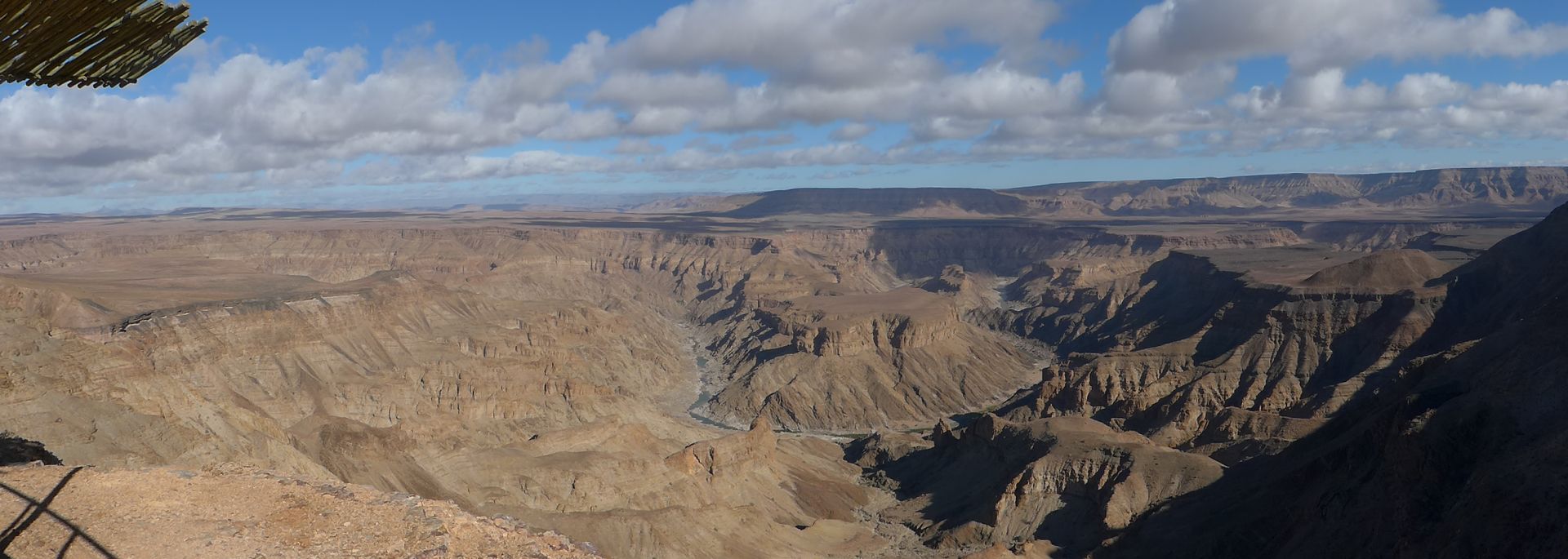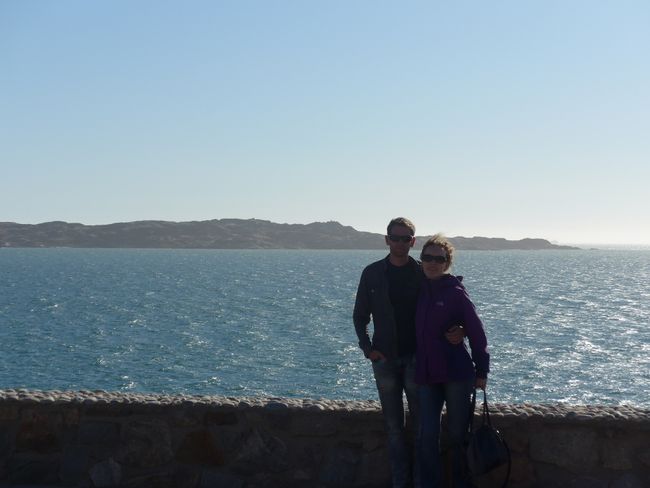Waitomo Caves (New Zealand Part 6)
بڵاوکراوەتەوە: 23.12.2018
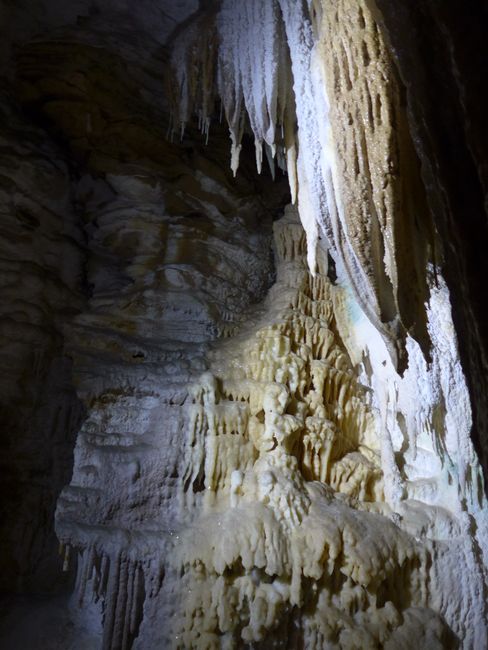
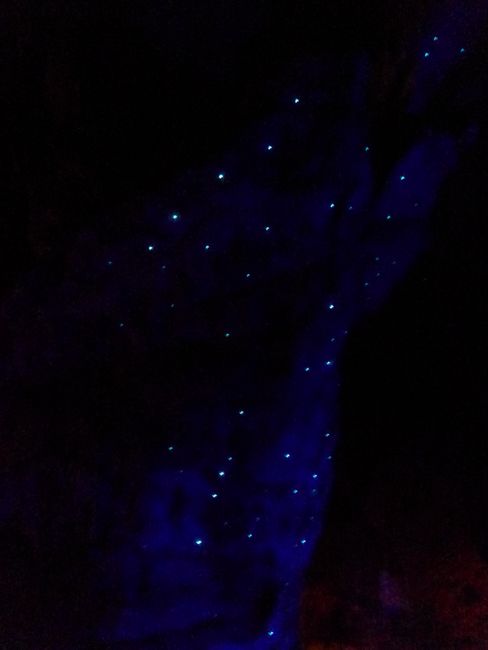
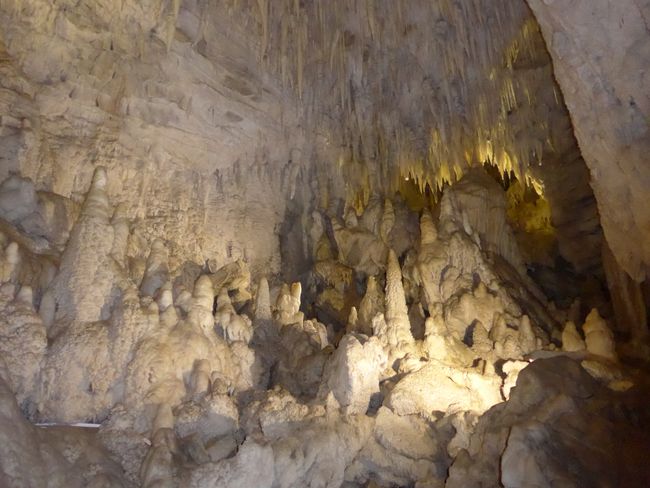
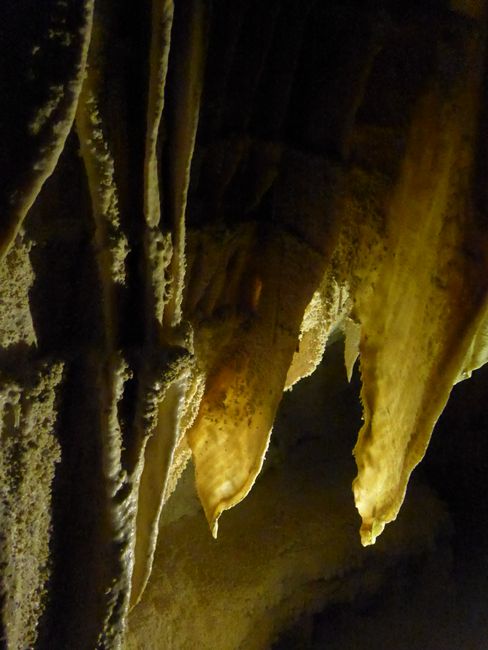
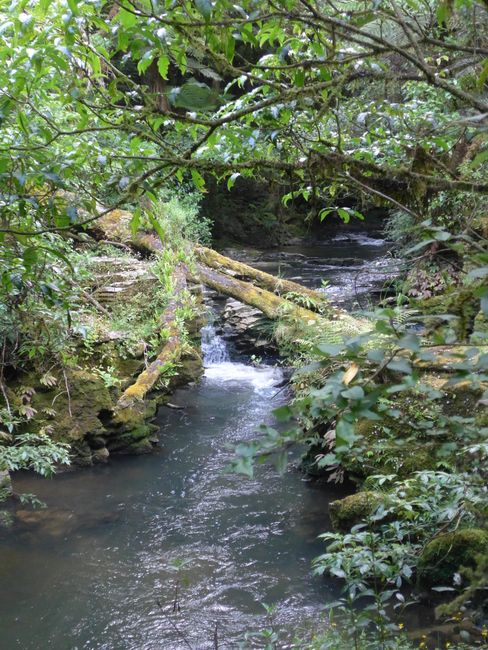
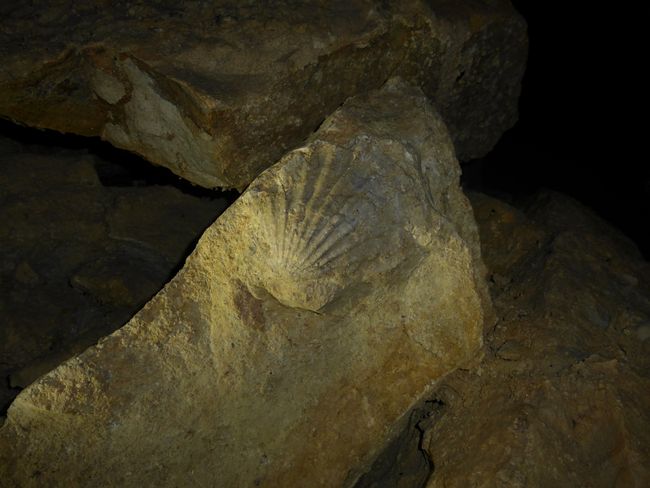
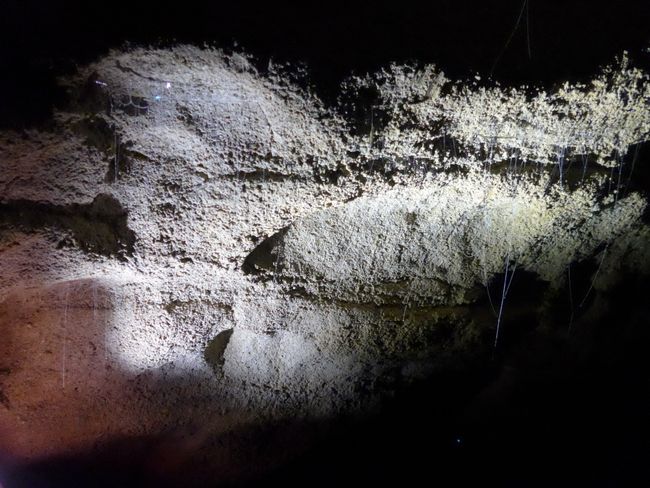
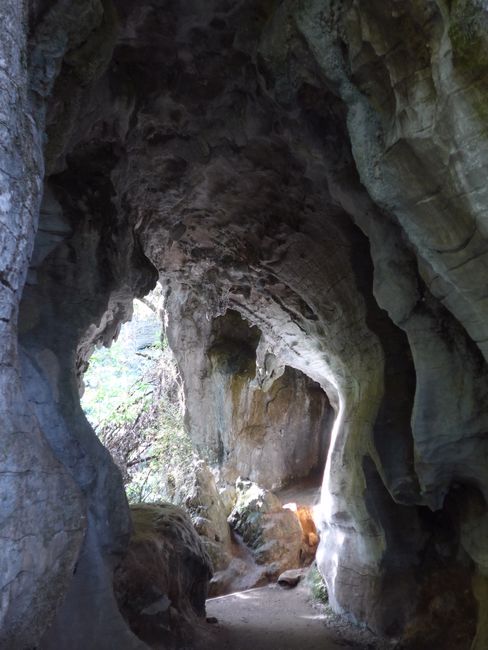
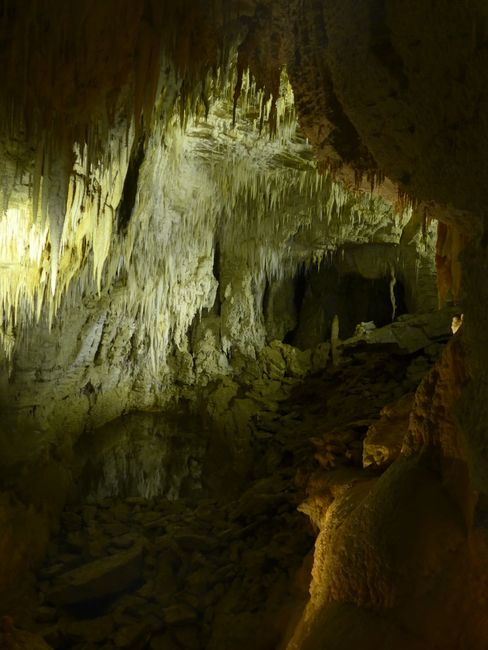
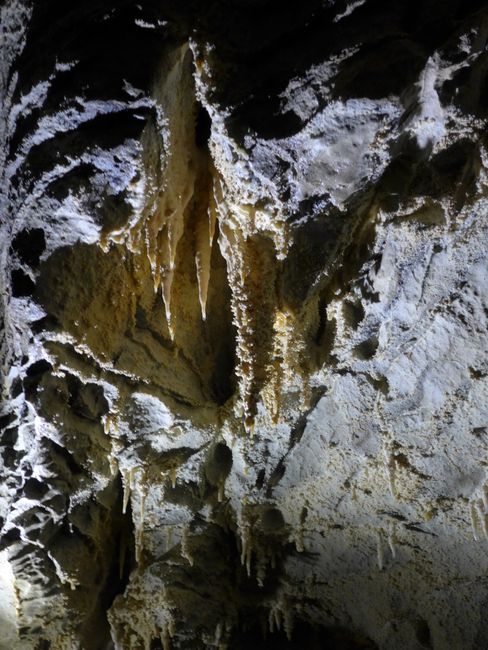
سەبسکرایبی هەواڵنامە بکەن
In the evening, we arrived in Waitomo and bought tickets for the cave tours for the following day. We stayed overnight for free in the parking lot of the Roselands restaurant, where we also had a typical (?) beef stew.
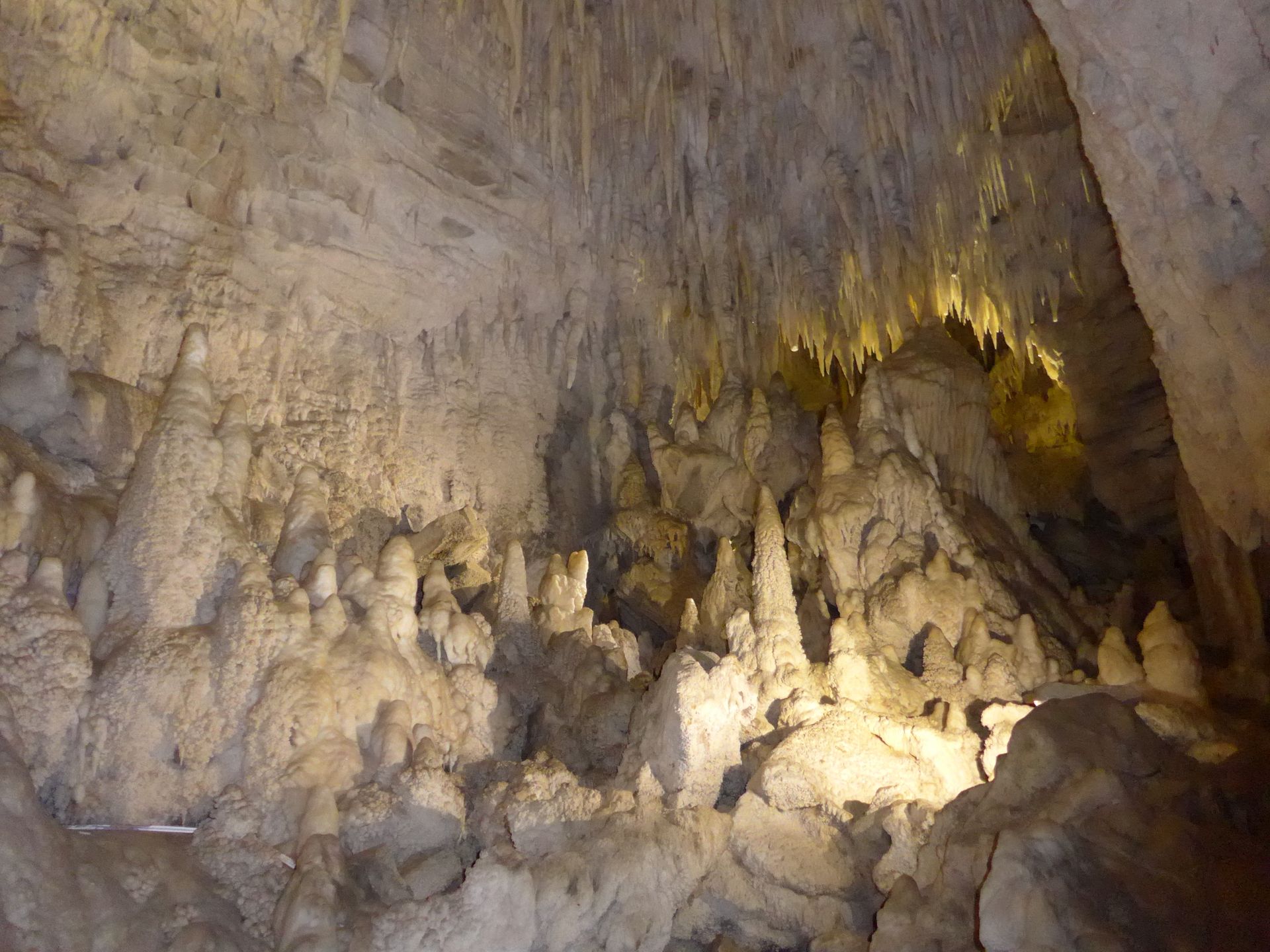
One of us bravely did a black water rafting tour in the underground river in the Ruakuri Cave. We went down the river and small waterfalls in a rubber tire. We could already see the first glowworms on the cave ceiling. After the three-hour tour through the cold water, we had a hot soup to warm up.
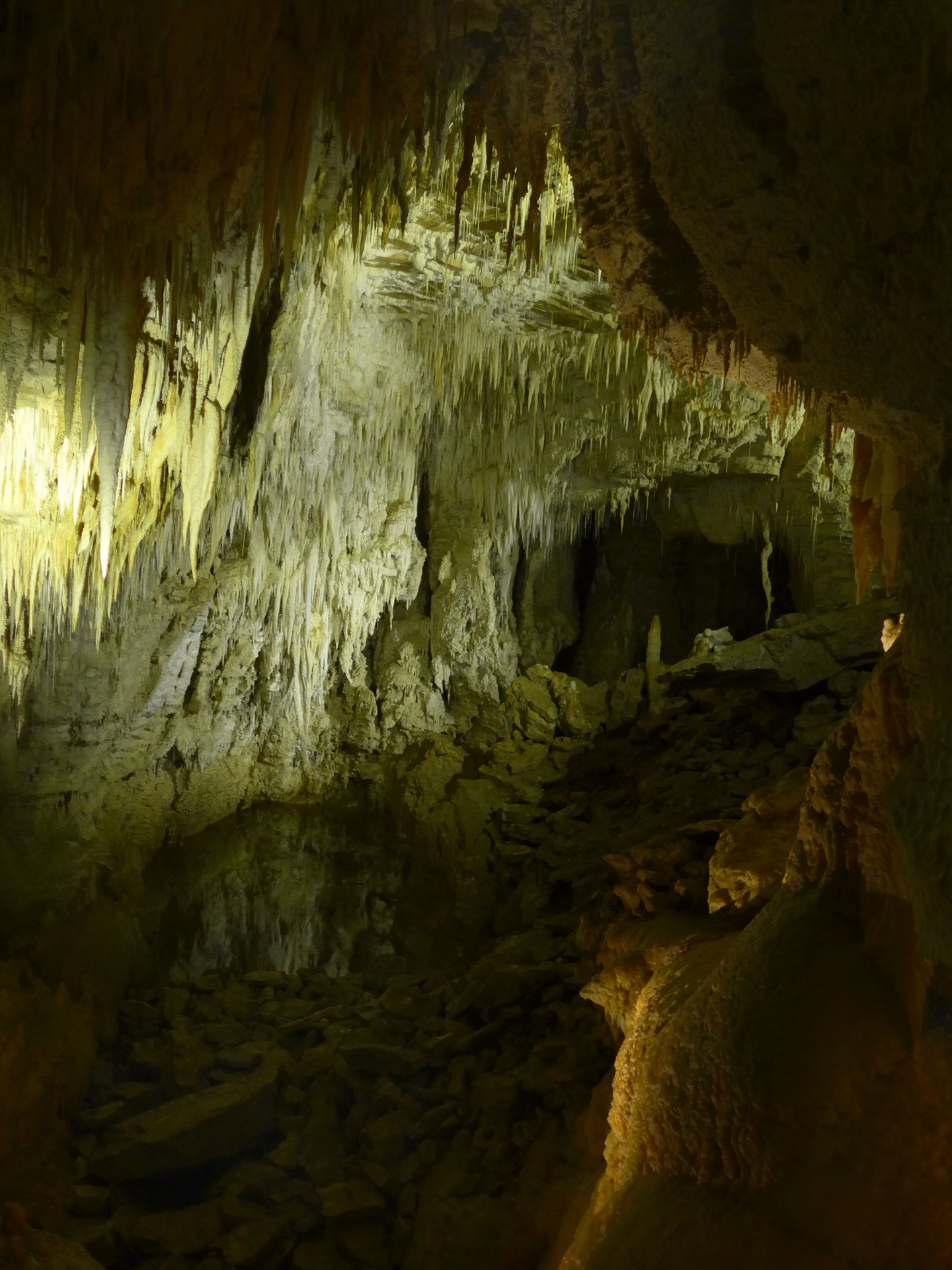
Then we visited the most famous cave, which is advertised as the Waitomo Glowworm Cave. Besides high chambers and impressive formations, we could see the New Zealand glowworms on the cave ceiling during a boat ride in the dark.
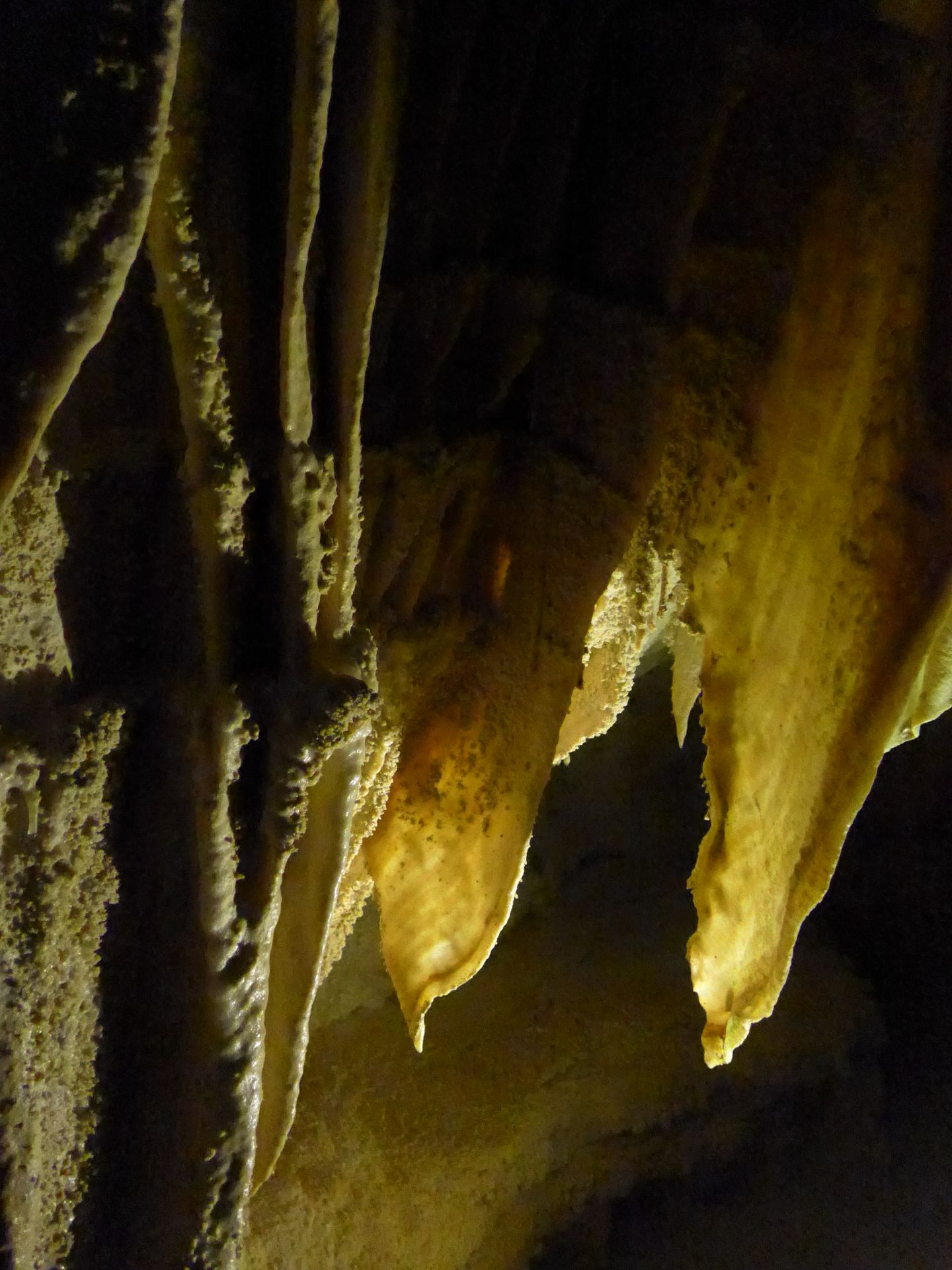
Later, we saw more glowworms in the Ruakuri Cave, where we also took a guided tour. Photography was allowed there as well.

Glowworms in the Ruakari Cave
These glowworms are actually not what we understand as glowworms, but the larvae of a fly (but that doesn't sound so good in advertising, so the caves are called glowworm caves).

Glowworms with threads in light
The larvae hang from the ceiling and use their glow to attract insects. These insects get caught in the sticky threads that the larvae produce, and then the larvae have a steady supply of food. They bring the food to themselves and suck it out. According to National Geographic, being sucked out by a glowworm is one of the top 10 most horrifying ways to die...

After 8-9 months, the larva turns into a pupa, from which finally the fly hatches, mates, and lays new eggs. It doesn't have much time for that, though, because it doesn't have mouthparts. Since it can't eat, it starves to death after about four days...
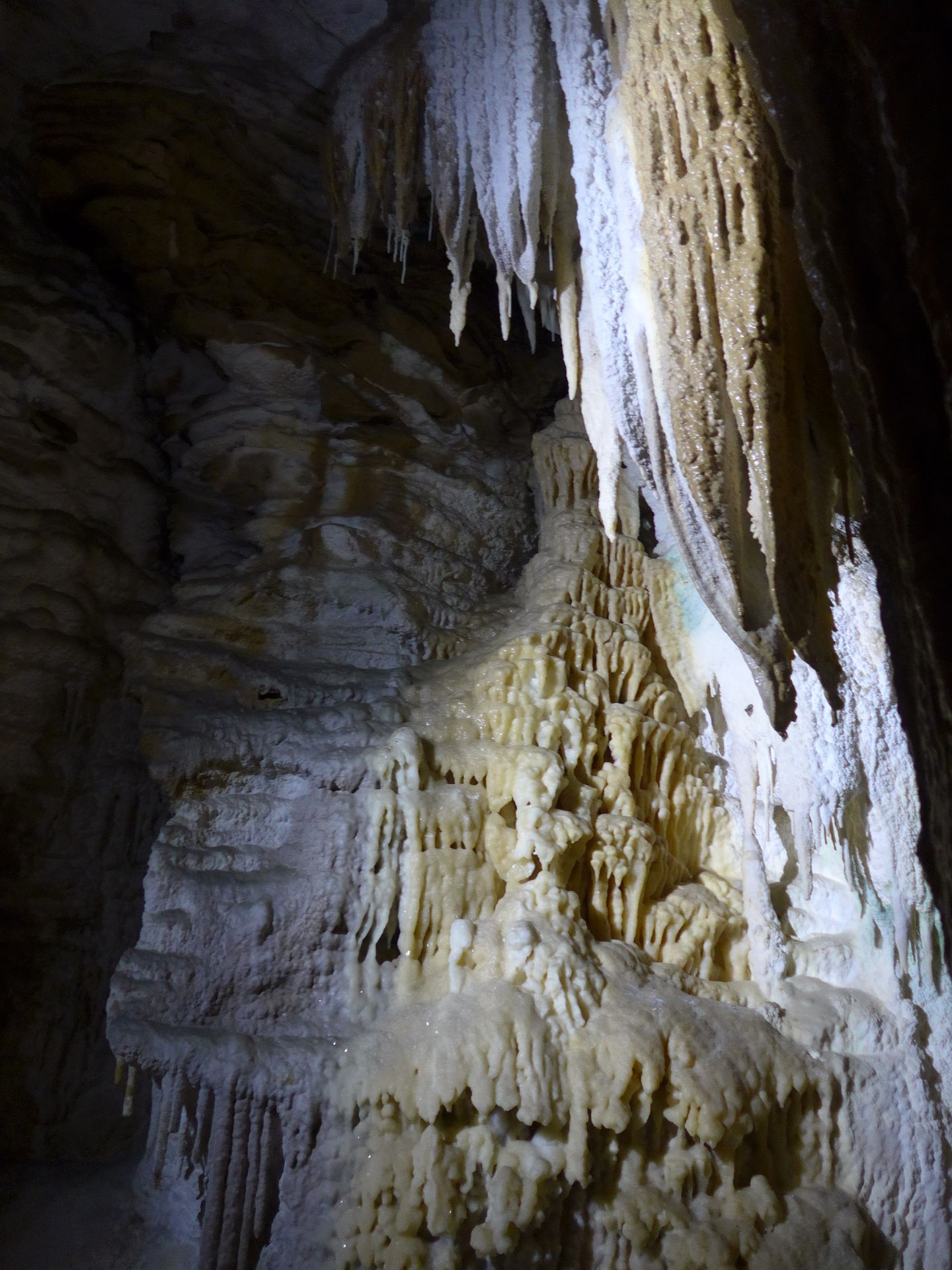
In addition to the glowworms, the caves and limestone formations created by erosion were especially worth seeing. Huge stalactites and stalagmites, some of which are said to weigh over five tons, could be seen in the two mentioned caves as well as in the Aranui Cave that we also visited. In the limestone, there were also some well-preserved fossils in the Ruakari Cave.
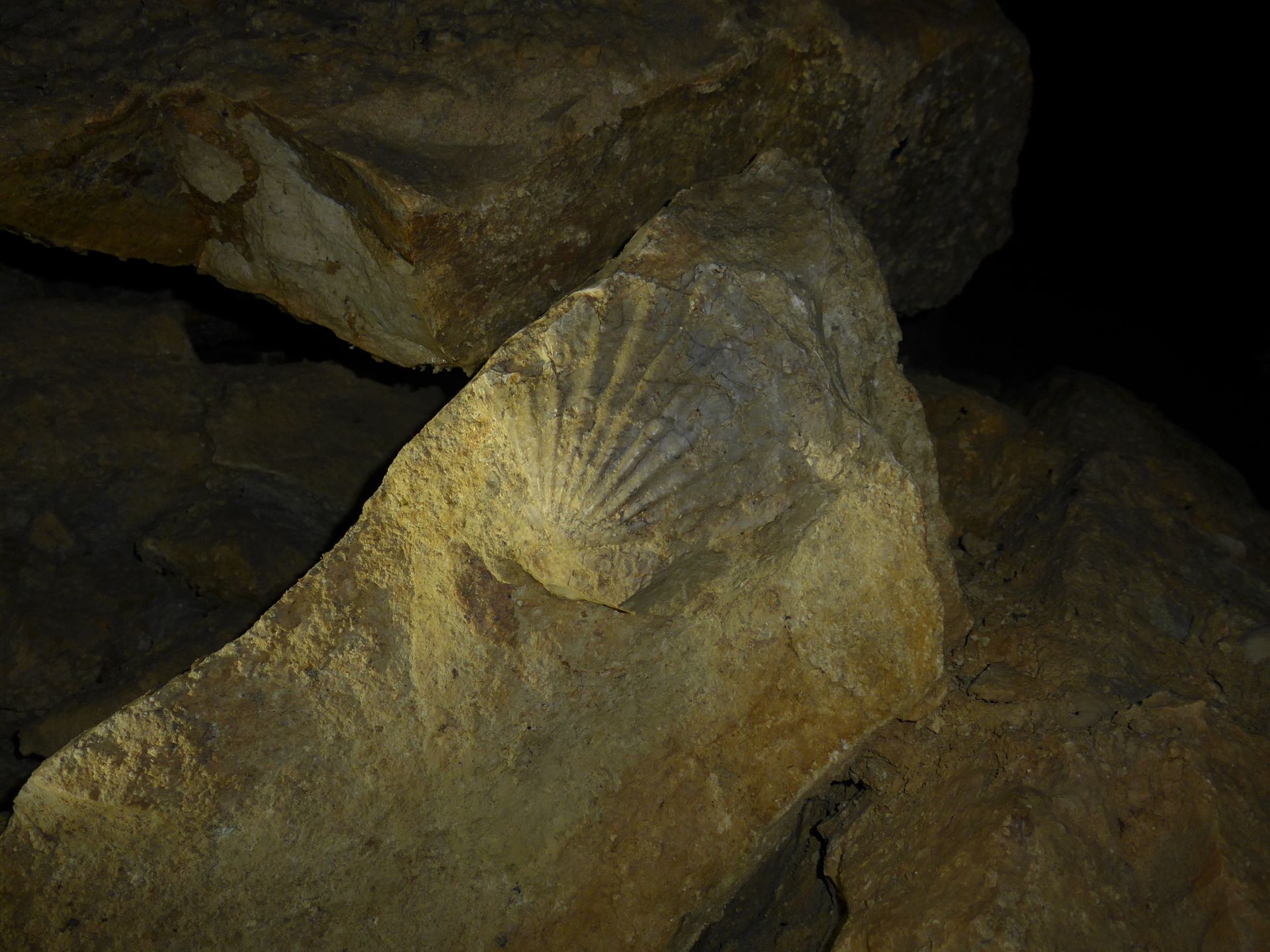
After spending the day underground, we concluded with a short hike through a damp forest along a stream with ferns and lots of moss.
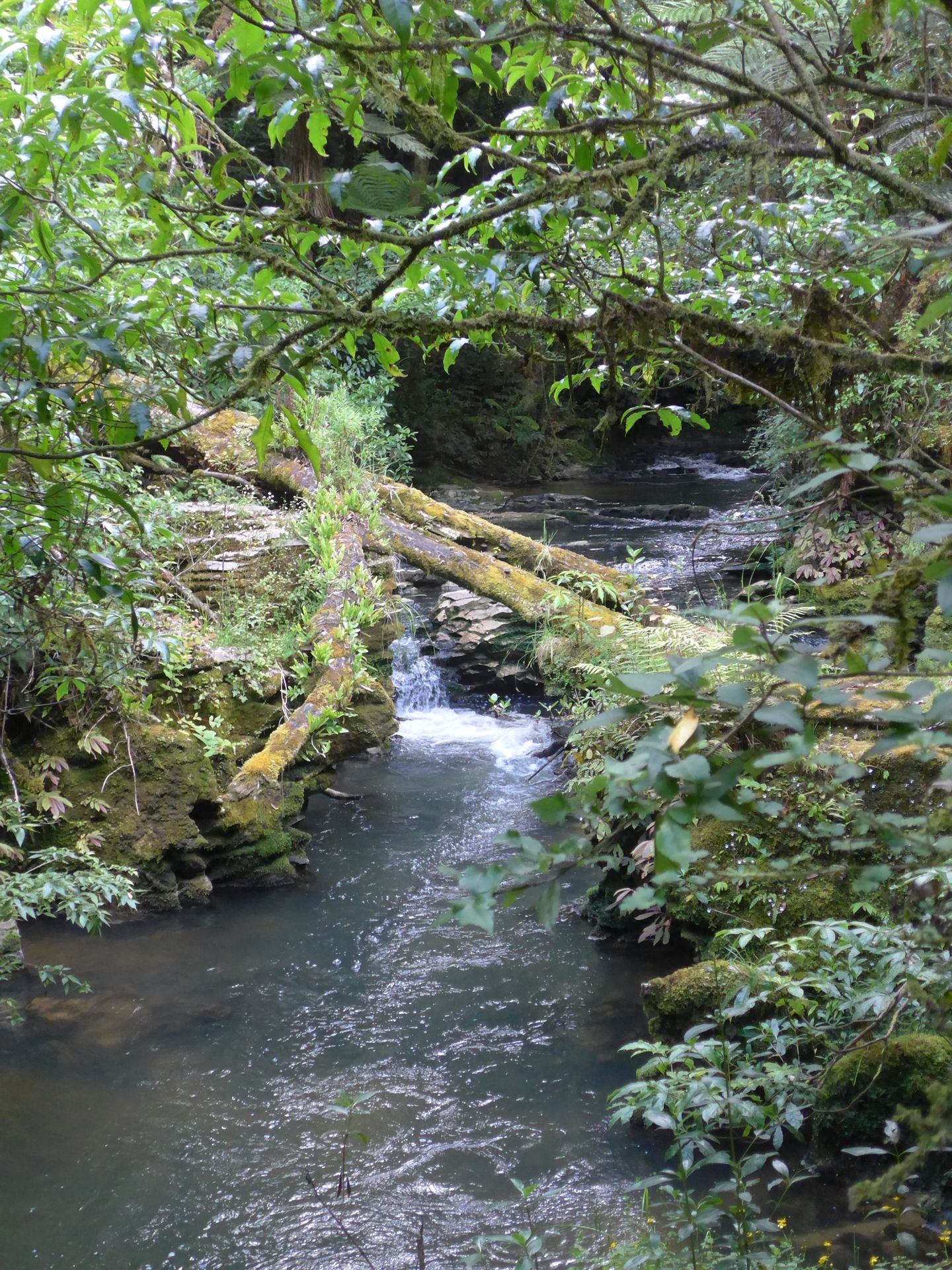
There were also natural caves and tunnels to walk through.

سەبسکرایبی هەواڵنامە بکەن
وەڵام

ڕاپۆرتی گەشتیاری وڵاتی نیوزلهندا
